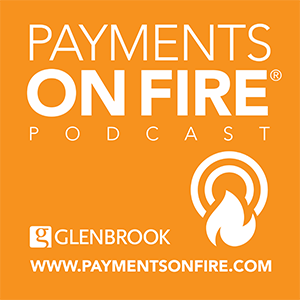I think it’s fair to say that the success of remote deposit capture (which allows the recipient of a check to scan and deposit it electronically) took the payments industry somewhat by surprise. The early take on this offering seemed to be “hey, why not just change to electronic payments”?
The answer, of course, was that from the check recipient’s point of view, that’s too much work. Easier to take a check-in-hand and figure out how to collect it quickly, than to contact each check-sender and ask for a process change.
For several years, I’ve been thinking about whether or not the industry could just back this up one step further. Instead of the check recipient creating an image and depositing it, why not have the check writer create an image and send it to the recipient?
I spoke with David Walker at the Fed’s payment conference in Kansas City a few weeks ago. David is the CEO of ECCHO, and has for many years had an industry-leading role in check imaging.
So I was delighted to hear that work is underway – that people at ECCHO and their member banks have been thinking about just this topic. They are still figuring out what to call it – one idea is “Electronic Payment Order”.
But why, you ask? If you want to send someone money electronically, why not just send an ACH, or pay them by credit card? The answer is similar to the answer on remote deposit capture, and illustrates one of the great strengths of the checking system. With a check, you don’t need to know any account information about the payee. To send an ACH, you need to know the bank routing number and the account number: paying by credit card is arguably even more difficult – in those situations where you might be paying by check.
So it’s very appealing to think that I (as the payer/customer) could just email a check to someone, and that it would then clear back through my bank, without any further involvement on my part – and particularly without the need for me to collect and store account information for the company – or person – that I am paying.
Another attractive part of the concept, David notes, is that the EPO would look – on a computer or phone screen, or printed out in paper – pretty much like a paper check. An EPO, as he said, “would contain all of the information normally on paper checks, including the actual payee name. It would be human friendly -a strong attribute of the check.”
Now, the banks and organizations like ECCHO are going to have to figure out rules around this – such minor considerations as thinking through the liability that various parties will take with respect to potential fraud. But I have great confidence that this is a solvable problem.
The real competition for this idea is not so much the ACH and card solutions, but the payments services being introduced by companies like Intuit and PayPal. Both have products that allow a company to pay another company – with attached documents – knowing only the email address of the recipient. Both are fine services – but someone (payer or payee) will pay the service provider for the payment.
The EPO concept is a way for banks to leverage their existing investment in checking – and check imaging – and enhance the somewhat surprising success of remote deposit capture.



